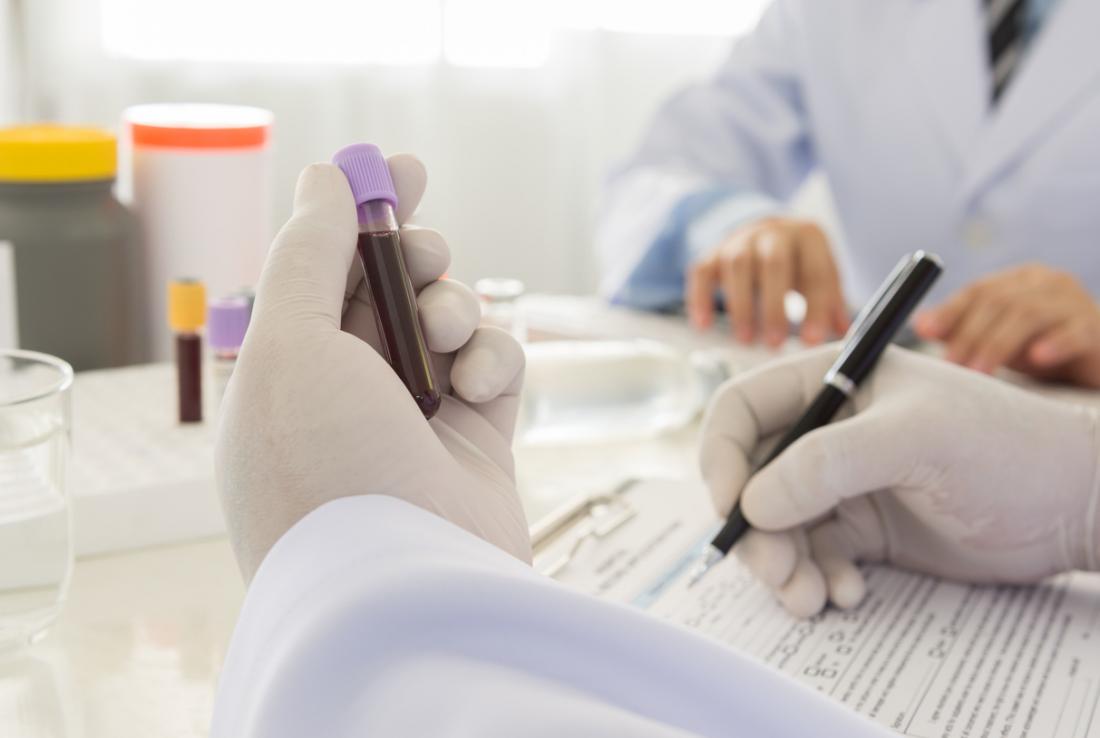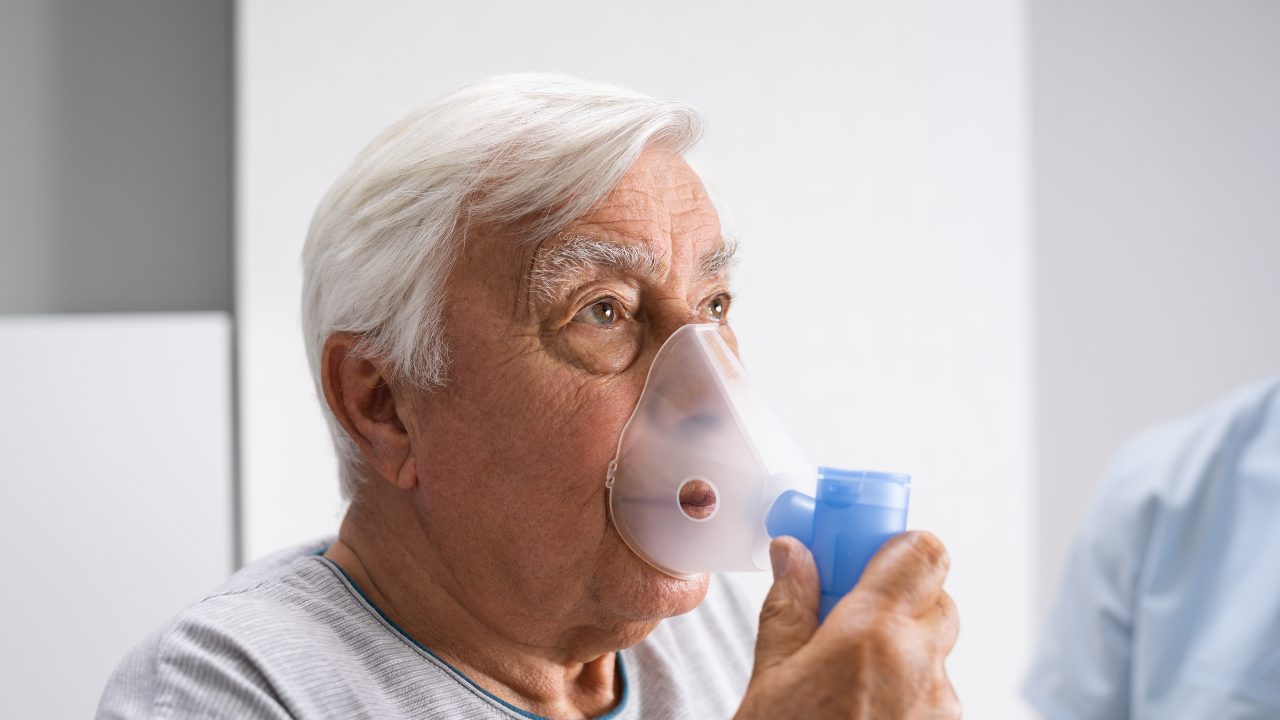What is Dyslipidemia?
Dyslipidemia, a condition characterized by abnormal levels of lipids—such as cholesterol and triglycerides in the blood. It is a significant contributor to the risk of cardiovascular diseases. In India, this condition is common, especially in cities
A large number of India’s population experiences hypercholesterolemia, with no notable differences between genders. Dyslipidemia often shows up in people with high blood pressure and diabetes, making it an important area to focus on in treatment. Creating awareness about Dyslipidemia treatment can help increase heart health across the country.
Types
Dyslipidemia can be broadly categorized into two primary types: primary (inherited) and secondary (acquired), each associated with specific conditions that result in abnormal lipid levels in the blood.
Primary Dyslipidemia
Primary dyslipidemia is genetic in origin, stemming from inherited mutations that disrupt lipid metabolism. It includes several disorders, including:
Familial Hypercholesterolemia
This condition is characterized by significantly elevated levels of low-density lipoprotein (LDL) cholesterol, which can lead to early-onset cardiovascular disease. Individuals with familial hypercholesterolemia may exhibit cholesterol deposits in areas such as:
- Skin – The appearance of yellowish fat deposits (xanthomas), particularly around the eyelids and tendons.
- Eyes – A white or gray ring (corneal arcus) that surrounds the iris.
Familial hypercholesterolemia follows an autosomal dominant inheritance pattern, meaning it can be passed down through families. Without treatment, affected individuals may face an increased risk of heart attacks.
Familial Combined Hyperlipidemia
A hereditary condition known as familial mixed hyperlipidemia causes high levels of triglycerides, cholesterol, or both. This condition arises from the overproduction of certain lipoproteins and can increase the risk of cardiovascular complications.
Dysbetalipoproteinemia
Also known as type III hyperlipoproteinemia, dysbetalipoproteinemia is caused by the body’s inability to effectively clear specific cholesterol-rich lipoproteins from the bloodstream. It leads to high levels of both cholesterol and triglycerides.
Secondary Dyslipidemia
Secondary dyslipidemia results from external factors such as lifestyle choices or other underlying medical conditions that disturb lipid levels. In this case, the good news is that addressing the root causes of dyslipidemia can often reverse or improve the condition.
Lifestyle Factors
Secondary dyslipidemia can arise as a result of a number of lifestyle choices:
- Diet – Consuming foods rich in saturated fats, trans fats, and sugars can elevate lipid levels.
- Obesity – Being overweight is linked to lower levels of HDL (the “good”) cholesterol and higher levels of LDL and triglycerides.
- Physical Inactivity – A lack of regular exercise can lower HDL cholesterol and contribute to weight gain.
- Smoking – Smoking can reduce HDL levels and promote the formation of arterial plaques.
Implementing lifestyle changes for dyslipidemia, such as improving diet and increasing physical activity, plays a key role in managing and preventing this condition.
Medical Conditions
Secondary dyslipidemia can also arise from various medical conditions, including:
- Diabetes – Insulin resistance can elevate triglycerides and LDL cholesterol while lowering HDL cholesterol.
- Hypothyroidism – An underactive thyroid slows lipid metabolism, leading to increased cholesterol levels.
- Chronic Kidney Disease – Impaired kidney function can result in reduced clearance of lipoproteins, causing higher LDL and triglyceride levels.
A clear understanding of the different forms and causes of dyslipidemia is crucial for developing appropriate treatment strategies.
Healthcare professionals may recommend a combination of medications and lifestyle changes for dyslipidemia. It will help in lowering the associated cardiovascular risks.
Risk Factors
The risk of having Dyslipidemia is greatly influenced by genetic predispositions. These hazards can be reduced, though, by altering one’s lifestyle and taking care of underlying medical issues.
Demographic Factors
- Age
People are more likely to develop Dyslipidemia as they become older, especially if they are over 40. Research indicates that aberrant lipid levels are more common in elderly persons.
- Diet
A diet heavy in saturated and trans fats is a key cause of Dyslipidemia. Consuming fried and processed meals might increase LDL and lower HDL (good cholesterol).
- Physical Activity
Sedentary lifestyles are strongly connected to low lipid profiles.
- Smoking
Smoking affects blood vessels and reduces HDL levels, raising the risk of dyslipidemia and cardiovascular disease.
- Alcohol Consumption
While moderate alcohol use may have some cardiovascular advantages, excessive drinking might increase triglyceride levels.
- Obesity
Obesity is closely associated with greater triglycerides, LDL cholesterol, and decreased HDL cholesterol.
- Diabetes
Diabetes Type 2 alters lipid metabolism, leading to greater triglycerides, LDL cholesterol, and decreased HDL levels, raising the risk of heart disease.
- Hypertension
High blood pressure is frequently associated with dyslipidemia, and both disorders have an impact on one another.
- Hypothyroidism
This disorder is characterized by high LDL and total cholesterol levels. People with hypothyroidism should check their lipid profiles frequently.
Genetic Factors
- Family History
A family history of dyslipidemia or heart disease may suggest a hereditary susceptibility to abnormal lipid levels, especially in cases of familial hypercholesterolemia (FH).
- Monogenic and Polygenic Influences
Dyslipidemia can be caused by uncommon single-gene mutations (monogenic) or numerous common genetic variations (polygenic).
Symptoms
The symptoms of dyslipidemia can vary and are frequently extremely subtle, therefore it’s critical to detect them. Even while dyslipidemia may not exhibit overt symptoms in the early stages, it’s crucial to keep an eye out for any possible warning signals.
Symptoms and Complications of Dyslipidemia
Although dyslipidemia often doesn’t have any overt symptoms, if the illness worsens or problems arise, several indicators may show up:
- Xanthomas – Fatty deposits known as xanthomas develop beneath the skin, typically as a result of extremely high cholesterol. On the wrists, knees, elbows, or buttocks, they frequently manifest as yellowish pimples.
- Arcus Senilis – This condition, which is frequently observed in elderly persons and is linked to symptoms of high cholesterol, manifests as a grey or white arc around the cornea.
- Chest Pain or Angina – Atherosclerosis or plaque accumulation in the arteries, which frequently results from dyslipidemia, can cause decreased blood flow to the heart, resulting in chest pain (angina).
- Heart Attack or Stroke – Dyslipidemia raises the risk of serious cardiovascular events, such as heart attacks and strokes. Serious side effects of dyslipidemia include sudden numbness, disorientation, trouble speaking, or a strong headache, all of which might indicate a stroke.
Diagnosis
A blood test to check cholesterol levels — called a lipid panel or lipid profile — typically reports:
- Total cholesterol
- LDL cholesterol
- HDL cholesterol
- Triglycerides — a type of fat in the blood
Prevention of Dyslipidemia
A healthy lifestyle with good dietary habit goes a long way in preventing Dyslipidemia. Activities which can help in reducing the risk of Dyslipidemia include:
- Reduce Trans and Saturated Fats containing foods like red meat, butter, full-fat diary products and fried food.
- Eat healthy and nutritious foods like whole grains, legumes, fruits and sprouts.
- Quit smoking
- Get physically active and exercise regularly.
- Maintain a healthy weight.
- Control your stress by meditation and yoga.
- Limit your alcohol intake
Treatment
The goal of Dyslipidemia treatment is to reduce the risk of cardiovascular disease by controlling aberrant blood lipid levels, especially those of cholesterol and triglycerides. Medication, lifestyle modifications, and routine monitoring are all part of effective treatment.
A comprehensive strategy is needed to manage Dyslipidemia, beginning with lifestyle modifications and moving on to medication if needed.
Lifestyle Modifications
Changing one’s lifestyle is essential for Dyslipidemia treatment and can significantly lower cholesterol while enhancing heart health.
Pharmacological Interventions
Medication may be required when lifestyle modifications alone are insufficient. Typical medication therapies consist of:
Statins (which lower the liver’s synthesis of cholesterol)
- Fibrates – Lower triglycerides and boost HDL cholesterol a little.
- Bile Acid Sequestrants – These substances bind bile acids, which causes the liver to produce more bile from cholesterol.
Monitoring and Follow-up
Lipid panel testing and routine follow-ups are crucial for assessing how well a medication is working. After beginning or modifying any medication, cholesterol levels should be checked again four to twelve weeks later.
FAQ
What Causes Dyslipidemia?
Dyslipidemia can be caused by a combination of hereditary factors, a poor diet, inactivity, obesity, and certain medical diseases such as diabetes or hypothyroidism. Lifestyle decisions contribute significantly to the development of this illness.
What Are The Signs Of Hyperlipidemia?
Dyslipidemia normally has no visible symptoms, but it can progress to major complications such as heart disease or stroke. People may occasionally see visible indications, such as fatty deposits under the skin.
How Is Dyslipidemia Diagnosed?
It is diagnosed using blood tests that measure lipid levels, including total cholesterol, LDL (bad cholesterol), HDL (good cholesterol), and triglycerides. A healthcare practitioner will examine these findings in conjunction with your overall health risks.
What Are The Therapies For Dyslipidemia?
Lifestyle adjustments, such as a healthy diet and regular exercise, are frequently used in combination with drugs to manage cholesterol levels, such as statins, fibrates, or bile acid sequestrants. Individual risk factors and cholesterol levels determine the best course of therapy.
Are There Any Dietary Advice For Controlling Dyslipidemia?
Yes, a heart-healthy diet should include lots of fruits and vegetables, whole grains, and healthy fats from sources such as fish and olive oil. Limiting saturated fats, trans fats, and sugar can also aid in lipid management.
Can Dyslipidemia Be Prevented?
Yes, you can minimize your risk by living a healthy lifestyle that includes regular exercise, a balanced diet, quitting smoking, and managing your weight. Regular health check-ups can detect problems with your lipid levels early on.







